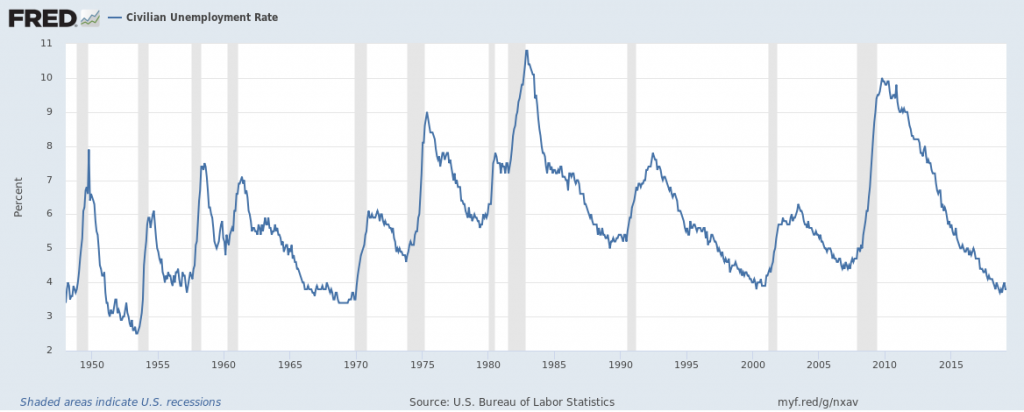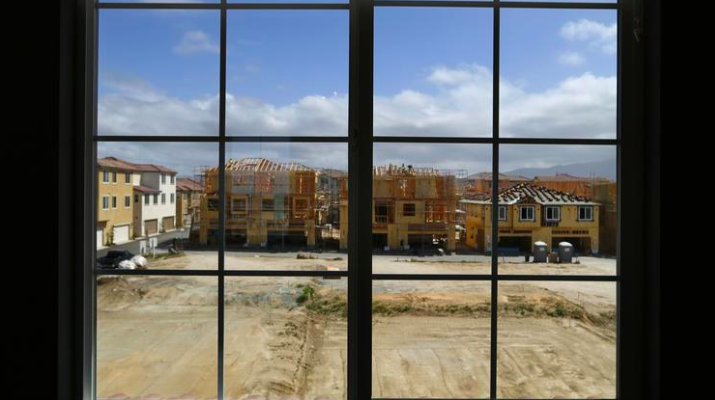Buying a home represents an important milestone for most consumers. But for those who dive in to the deep end of real estate without a financial safety net, the decision could lead to buyer’s remorse in the long run. Mortgage rates are slowly climbing after reaching historic lows in 2013, but still are close to the lowest they’ve been in the past 3 decades. This makes 2018 a tempting time to buy a home. But some industry experts believe 2018 is friendlier toward sellers than buyers because there’s much more demand than supply.
As with any major financial decision, it’s wise to improve one’s credit score before applying for a mortgage in order to qualify for the best possible rates. Using a Mortgage Calculator can also help to determine an affordable monthly payment and realistic payoff timeline, whether borrowing for the first time or refinancing an existing loan. Without a good grasp of how to pay off mortgage debt, consumers might find that debt unsustainable.
In this report, WalletHub determined which cities are home to the most overleveraged mortgage debtors by comparing the median mortgage balances against the median income and median home value in more than 2,500 cities. Read on for our findings, expert homebuying advice and a full description of our methodology.
Read More At Wallethub.com
Ask the Experts – Mark H. Goldman
As one of the biggest financial transactions of our lives, the purchase of a home requires careful assessment of our finances as well as the potential impact of a mortgage. For advice on both buying and owning a home, we asked a panel of experts to weigh in with their thoughts on the following key questions:
- Is now a good time to buy a home?
- What are the most common financial mistakes people make when buying a home, and which are most costly in the long-term?
- If someone is currently overleveraged and has trouble affording their mortgage payments, what steps should they take?
- Is there any way for an individual to tell if his or her local housing market is overpriced?
- Are there certain housing markets or circumstances in which it is acceptable to be overleveraged in mortgage debt? If so, how much is too much?
Is this a good time to buy a home?
It depends on how long someone plans to live in the home. As a rule of thumb, if someone plans to stay in their home more than five years and their anticipated income is stable, this is a good time to buy. Interest rates are heading up. In most markets, home prices are outpacing inflation. The longer people wait, the more expensive a home will likely become. In addition to the probable appreciation, homeowners enjoy a place to live with very predictable costs. Also, a landlord is no longer a major influence on housing decisions from rental increases or the term of occupancy.
I suggest planned ownership for a few years to recover the acquisition and disposition costs. Speak to people who have and have not owned their homes. I find many people get priced out of their neighborhoods over time as home prices increase beyond their means. Many people regret ever selling a property, since equity usually increases over time. Many people buy a home and live in it for a few years. They move out, rent it and buy another home. It can be a great way to accumulate wealth.
What are the most common financial mistakes people make when buying a home and which are most costly in the long term?
I find most people should use a competent real estate agent to get informed advice about the price to offer. The financing is a subtle issue. Buyers should evaluate the comparison of loan origination points to the interest rate. Over a long period, it may be beneficial to pay some points to buy down the rate. A competent loan officer can help advise on this issue.
Also, buyers might wish to consider adjustable rate loans if they are fairly sure the will be selling or refinancing in the next 5-10 years. If a buyer expects to refinance in 6 or 7 years, then perhaps a 7-year fixed rate loan would be appropriate. But, remember, we cannot forecast interest rates into the future. So, rates may be higher.
In addition to financing, family issues matter. Young couples should consider space needs if they are starting a family. Of course, schools and proximity to employment, amenities, transportation and shopping are also important. Lifestyle is another important consideration. Do people want an urban or rural environment? “Walk Scores” are increasingly more important to younger and older households.
If someone is currently overleveraged and has trouble affording their mortgage payments, what steps should they take?
Financial difficulty may be temporary or long-term. It is imperative to make an objective assessment of the root cause of the difficulty. Act quickly before the financial burden is compounded. If a sale of the home is indicated, do it before credit is impaired with additional late payments or even foreclosure. In my experience, people who are confronted with financial peril become paralyzed to act. The longer people wait, the fewer options they will have.
I have also seen distressed homeowners use loans from family or friends to fend off immediate financial distress. It may be better to get out from under a home someone cannot afford and use those resources for a new housing solution. For example, borrowing from family for a temporary solution that will not solve the problem may only postpone the inevitable loss of the home. In that case, the family resources may be exhausted and/or unavailable to help with a move. So, make a very realistic evaluation of the financial difficulty and try to form a prudent long-term solution.
Basically, if a home is too expensive to keep, you may need to get a less expensive place to live.
Is there any way for an individual to know if their local housing market is overpriced?
Some indicators of overpriced homes are if marketing times for listings are getting longer. Also, are homes selling above or below list prices? Use several samples to avoid list prices that may have been unrealistic to start with for a particular property. “The signs are everywhere.” If a neighborhood has a lot of “For Sale” signs in the lawns, the market may be slowing down or the market may be losing jobs. It is a healthy indicator if properties are listed and sold in a fairly short time.
Are there certain housing markets or circumstances where it is understandable to be overleveraged in mortgage debt? If so, how much is too much?
If “overleveraged” means someone borrowed more than they can afford to repay, they will likely get into trouble. Time heals many wounds in real estate. If you can hold on long enough, it is probable values will eventually be restored (depending on the reasons for the market decline). If a family purchased a home with a big loan and small down payment without the capacity to support the home, they will likely experience difficulty. This often occurs in markets where there is over optimism for price appreciation. Even though a lender may be willing to make a big loan for the purchase of a home, the most important issue is how much can the buyer afford for their home payment. The month to month value of a home is less important for a family that can afford to live in their home and does not need to sell.
Many homebuyers only consider the home as an investment. I suggest to consider the cost of shelter as a component of their price decision. Shelter costs money whether we rent or own. Consider the utility of the shelter component of owning a home as part of the evaluation of what price and financing to select. It may sound trite, but it is good to live within ones means.
Read More At Wallethub.com



